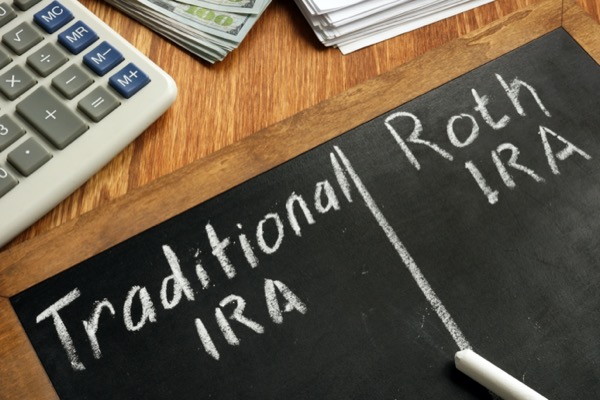Some Key Information About IRAs | St. Johns Bank

The IRA provides one of the most attractive retirement savings plans available, both in individual accounts and as part of employer-connected savings plans. With options that provide tax-free or tax-deferred growth and average annual returns historically between 7 and 10%, their value is easy to see.
Still, reports indicate many Americans are not saving for retirement. With such a great, accessible option out there, that’s hard to understand.
IRA Retirement Options Explained
St. Johns Bank offers the two most-popular IRA options, the traditional and the Roth. The difference is chiefly about when you pay taxes on the account.
Traditional IRA: Contributions made to a traditional IRA may be fully or partially deductible, per IRS rules. For most people, the funds in a traditional IRA, including your contributions and the earnings, are not taxed until they’re distributed. That means most people don’t pay the government any portion of the funds in a traditional IRA until after they’re retired, when lower incomes may put them in cheaper tax brackets.
Roth IRA: Unlike traditional IRAs, contributions to Roth accounts are not deductible. The trade-off is that qualified distributions of the funds after you retire are tax-free, so you have more money coming in when you need it most.
Regardless of which IRA option you go with, you must stick with what you choose from the start; you cannot change a traditional to a Roth of vice-versa. And since there are significant penalties, including tax liabilities, related to withdrawing money from an IRA early, it doesn’t make sense to close out one account and trade it for another.
IRA Contribution Limits
Both types of IRA fall under the same annual contribution limits and contributions to each count toward those limits, if you have both.
The maximums are reviewed each year and typically change every few years. As an example, the limit changed between 2014 and 2015, then stayed at that level until 2019. For 2020, the number stayed the same as it was in 2019.
The cap now sits at $6,000 for those under the age of 50 and $7,000 for those older than that mark. Those whose taxable compensation for the time period is less than that cannot contribute more than their income.
Those in certain groups may face additional restrictions based on certain conditions and circumstances.
Additionally, there are limits to the amount you can deduct related to contributions to traditional IRAs. Those vary based on how you have the account (through work or independently) and what your income is.
If you’re considering opening an IRA, St. Johns Bank is here to help, with the options and information you need.
